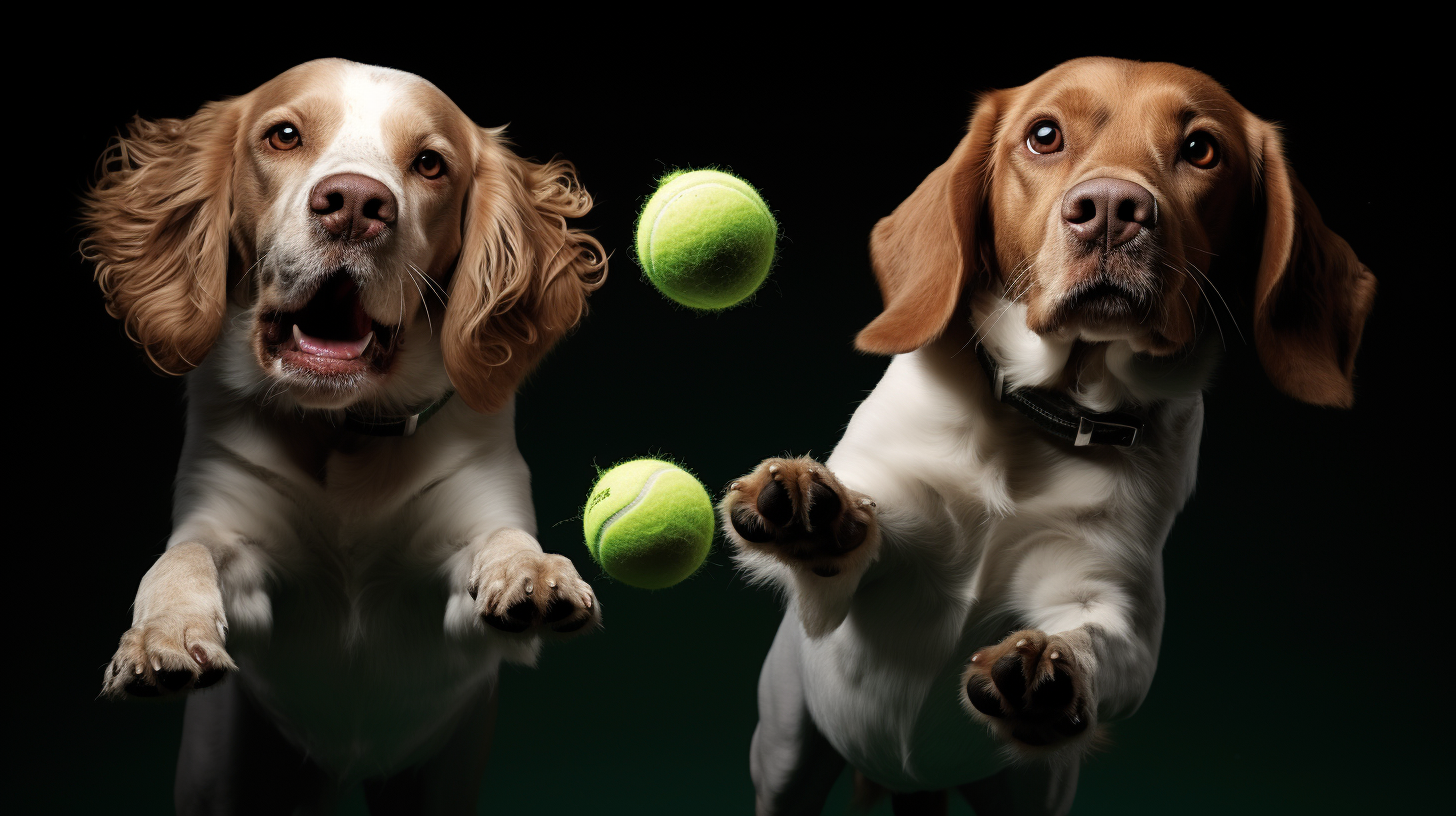In the Canine Republic, the world of competitive dog sports is ever-evolving, with new trends and training methods constantly rewriting the playbook. These activities have become an intrinsic part of our societal fabric, influencing not just the way our four-legged athletes prepare for competitions but also trickling down to the day-to-day lives of the average pooch.
The most buzzworthy change has been in the realm of trick training. Gone are the days when a simple sit, stay, and roll over would suffice. Now, high-flying flips, intricate dance routines, and synchronized swimming are all on the rise. This shift has not just been for show; there’s a rising belief that trick diversity can enhance a dog’s mental agility and overall happiness.
Agility training, once a niche sport, has seen its techniques adopted by the mainstream. Advanced obstacle courses, designed to mimic cityscapes, are popping up in parks, allowing urban dogs to unleash their inner athletes. The sport’s influence on Canine Culture is evident as agility obstacles have become common fixtures in backyards, and public play areas – doing much to strengthen the bond between dogs and their handlers.
The latest innovation shaking up the dog sports world is interactive technology. From apps that allow dogs to refine their herding techniques to virtual reality chase games, technology is playing a pivotal role in modern training regimes. Such advancements have propelled the notion of ‘e-sports’ into canine consciousness, with talk of including these in future Caninlympics.
The emergence of these new trends has also led to sartorial shifts. Apparel that was once purely functional has transitioned into stylish sportswear. Breathable performance fabrics and safety gear come in an array of colors and patterns, reflecting the personality and flair of the canine wearing them.
With the Canine Cup on the horizon, athletes and enthusiasts alike speculate on how these new tricks and trends will influence the outcomes. Trainers are incorporating cognitive drills into their regimes, and competition formats are being questioned – could we see a freestyle tricks category added to the roster?
In the heart of the Republic, the rise in these sports has also seen an increase in dog-friendly cafes and bars featuring sports-themed nights where patrons can engage in light-hearted competition and games.
Therapists and animal behaviorists corroborate the idea that variety and mental stimulation provided by these evolving sports contribute positively to a dog’s wellbeing. Quotes like ‘A well-trained dog is a happy dog’ echo through the training grounds as the social aspects of these sports come to the fore.
Looking forward, the impact of these trends on Canine Culture is undeniable. From the way we play and bond with our pets to the gear we choose, dog sports are not just a pastime but a significant cultural influencer. As we continue to innovate and adapt, the future promises to bring even more interactive, stylish, and engaging ways for our canine companions to thrive and excel.
